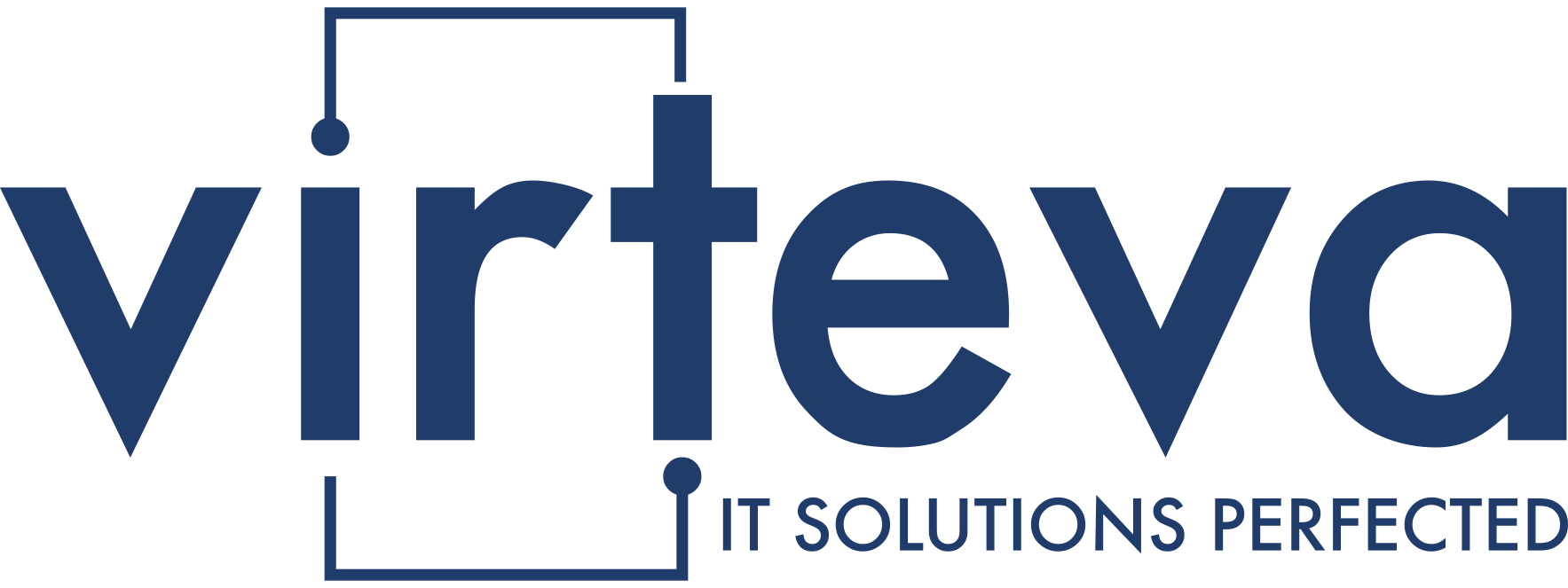If you’re running IT for a small or mid-sized financial institution, you’ve probably noticed something: the technology landscape is finally tilting in your favor. After years of watching the big banks and investment firms leverage cutting-edge tech that seemed out of reach, 2025 is bringing robust, accessible solutions to financial SMEs.
Let’s cut through the hype and look at what’s making a difference for regional banks, credit unions, wealth management firms, and insurance companies this year.
AI That Understands Financial Services
Remember when chatbots were the punchline of customer service jokes? Not anymore. Microsoft 365 Copilot has evolved into something truly useful for financial institutions of all sizes.
What makes this year different is how Copilot now understands financial contexts. It can help draft compliant client communications, summarize financial research, analyze portfolio performance, and even assist with regulatory reporting while maintaining the security standards the financial industry demands.
After implementing Copilot-powered workflows, a mid-sized wealth management firm recently reported that its advisors now spend 40% more time with clients and 40% less on administrative tasks. The AI handles the first draft of everything from investment recommendations to quarterly reports, allowing human experts to focus on personalization and strategy.
But here’s the thing—implementation matters enormously. Financial institutions that treat AI as a “plug-and-play” solution are disappointed. Those who take the time to customize it to their specific workflows are seeing remarkable results.
Security That Keeps Pace With Threats (Without Breaking the Bank)
Financial services remain the #1 target for sophisticated cyberattacks, with attacks against smaller institutions increasing by 187% since 2023. Criminals know that regional banks and credit unions often lack the security resources of major financial institutions.
The good news? Microsoft’s security solutions have become more powerful and accessible to smaller organizations. Microsoft Defender for Financial Services now includes:
- AI-powered fraud detection that can spot unusual patterns before transactions complete
- Automated compliance controls for regulations like GLBA, PCI-DSS, and SOX
- Real-time protection against the latest financial-specific malware and phishing attempts
What’s most impressive is how these systems can be managed without massive security teams. Automated remediation handles routine threats, allowing your limited IT staff to focus on strategic security initiatives rather than constant firefighting.
Data Analytics That Don’t Require a PhD
Big data has been transforming financial services for years, but primarily for organizations with teams of data scientists. In 2025, Microsoft’s Power BI and Azure analytics tools will have evolved to offer pre-built templates specifically for financial use cases.
These templates allow smaller institutions to:
- Identify cross-selling opportunities based on customer behavior
- Predict attrition risk and trigger retention efforts
- Optimize branch operations and staffing based on historical patterns
- Detect potential compliance issues before regulators find them
A regional credit union with just 7 branches recently used these tools to discover that certain members were likely to add investment products after specific life events. Targeting these members at the right time increased investment product adoption by 28% in just one quarter.
Cloud Migration That Regulators Actually Approve Of
Financial institutions have found moving to the cloud complicated due to regulatory concerns. Microsoft Azure’s financial services compliance program made dramatic progress in 2025, with pre-configured environments that satisfy even the most stringent regulators.
These environments include:
- Automated documentation for examiner requests
- Continuous compliance monitoring with alerts for potential issues
- Geo-fencing and data residency controls that satisfy regional requirements
The result? Smaller financial institutions can now enjoy the scalability and cost advantages of cloud computing without the compliance headaches that previously made migration risky.
Digital Experience Platforms That Work for Everyone
Customer expectations for digital banking and financial services continue to rise. The good news for 2025 is that creating exceptional digital experiences no longer requires custom development from scratch.
Microsoft’s digital experience platform for financial services now includes templates and components specifically designed for banking, wealth management, and insurance. These components are:
- Fully accessible to meet ADA requirements
- Pre-tested for compliance with financial regulations
- Designed for seamless integration with core banking and financial systems
What’s particularly valuable for smaller institutions is how these platforms enable personalization without complexity. You can deliver tailored experiences based on customer segments, products, and behaviors without needing an army of developers.
What Should Financial SMEs Do About These Trends?
If you’re responsible for technology at a small or mid-sized financial institution, here’s where to focus:
- Start with security and compliance. This is the foundation upon which everything else must be built. If you get this wrong, nothing else matters.
- Focus on client-facing improvements: Look for technologies that directly impact the client experience, as these typically deliver the quickest return on investment.
- Choose partners who understand financial regulations: Generic IT providers rarely understand the unique requirements of regulated financial environments.
- Build internal AI expertise: Even with “ready-to-use” AI solutions, internal champions understand both the technology and your specific business needs.
The financial technology landscape is finally becoming more accessible to smaller institutions. With the right approach and partners, 2025 can be the year your technology becomes a competitive advantage rather than just a necessary cost.
What financial technology challenge is your organization facing this year? The solutions are probably more accessible than you might think.




